Tougaloo College
Biographical Statement
"Tougaloo" is a Choctaw term signifying "between two streams." The college is located between two small streams that flow into the Pearl River near Jackson, Mississippi. Tougaloo was founded by the AMA in 1867 in cooperation with the Freedmen's Bureau. It was the first private, predominately African American, voluntarily-integrated college in the state of Mississippi. It historically offered pre-professional training in medicine, law, social work, Christian ministry, and music and art. After 1953, the curriculum was specifically geared toward preparation for college entrance.
After its founding in 1867, Tougaloo was granted a charter by the Mississippi state legislature in 1871. Reverend Ebenezer Tucker served as the first principal. A boy's dormitory was built around 1882, and Ballard Hall, which housed the Tougaloo Preparatory School, was built in 1886. The school ended its formal connection with the state school system in 1892, and courses for college credit were first offered five years later. The first Bachelor of Art degrees were granted in 1901. The year 1897 also saw the destruction of the girls' dormitory by fire.
In 1913, Rev. William T. Holmes became president. Three years later the school's name changed from Tougaloo University to Tougaloo College. The late 1920s saw expansion of the campus with the erection of Holmes Hall as the main academic building (1926), the Health Center (1927), and Galloway Hall as the men's dormitory (1930). The school became a four-year accredited liberal arts college in 1933.
Judson L. Cross became president in 1935 and served for ten years. He passed away in 1947; President Holmes having died in 1940. Plans were made to remodel the auditorium-gymnasium for use as a library in 1943. Judson Hall was built to house female students in 1947. That same year Brownlee Hall was built as the college gym and auditorium. Eva Hills Eastman Library was completed the following year. It was replaced by the L. Zenobia Coleman Library in the 1970s. In 1946, Mississippi Power and Light had purchased a right of way and easement on part of the campus. The Board executed a timber sale, as well as oil, gas, and mineral leases.
After receiving a "B" rating from the Southern Association of Colleges and Secondary Schools in 1940, Tougaloo received an "A" rating eight years later. In 1953, the high school was renamed Tougaloo Preparatory School, and the following year saw Tougaloo College's merger with the Southern Christian Institute to become the Tougaloo Southern Christian College. In 1955, Dr. Samuel C. Kincheole was elected president, and George Owens was appointed business manager.
In 1963, the school's board of directors voted to operate as Tougaloo College. A cooperative program with Brown University was initiated in 1964. The first Tougaloo graduate to hold the office of president, Dr. George Owens, was inaugurated in 1966.
Abstract:
American Missionary Association archives 1969 addendum
Found in 5 Collections and/or Records:
American Missionary Association archives addenda
Anna Marie Hansen Jamison papers
Bettye Torrey Oldham papers
The papers of long-time Amistad supporter and travel agent Bettye Oldham reflect her church and civic activities. Formats include correspondence, newsletters, clippings, photographs, and travel brochures and document Tougaloo College, church and civic activities, the Urban League, Cincinnati Union Baptist Church, the Cincinnati Chapter of Friends of Amistad, and the Ohio Governor's Committee on the Status of Women.
Margaret Helen Scott papers
The Margarett Scott papers contain correspondence, newspaper clippings primarily containing aritlces about Scott, and other collected ephemera. The papers also contain photographic slides of Talledega, Alabama. Other materials include the story of early Richland County, Wisconsin, written by Scott and published weekly in "The Richland Observer" in 1975 and, an article on Lone Rock Congregational Church in the area.
